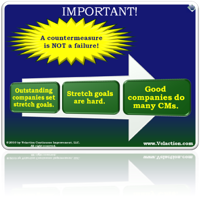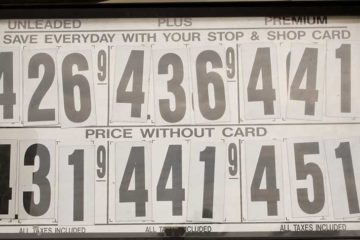Customer Behavior
Customer behavior is the way the average customer, in a specific target group, will act in a given situation. Customer behavior depends on a host of factors—economic class, psychology, region, culture. Like-minded customers tend to behave in similar ways. That is why ads are targeted to specific groups. In the Read more…

